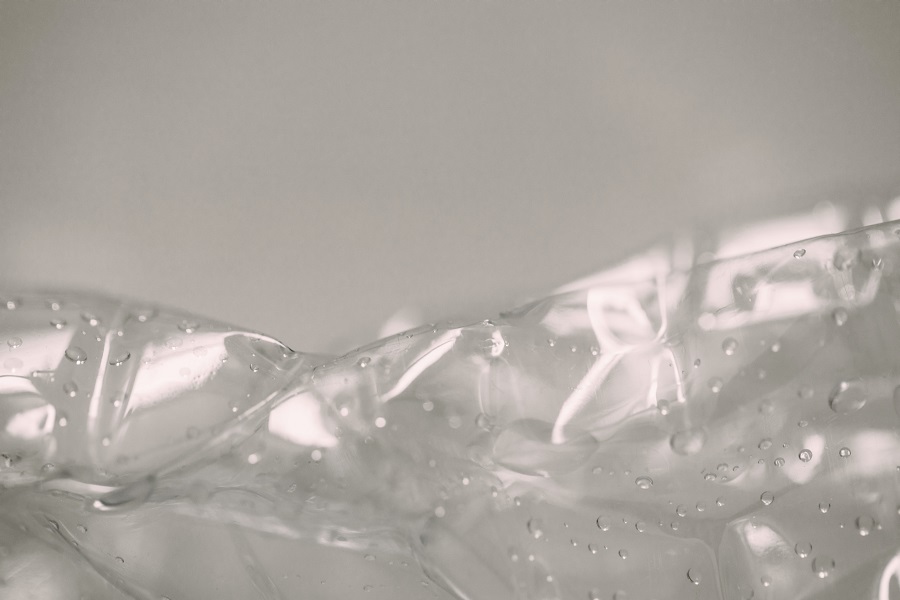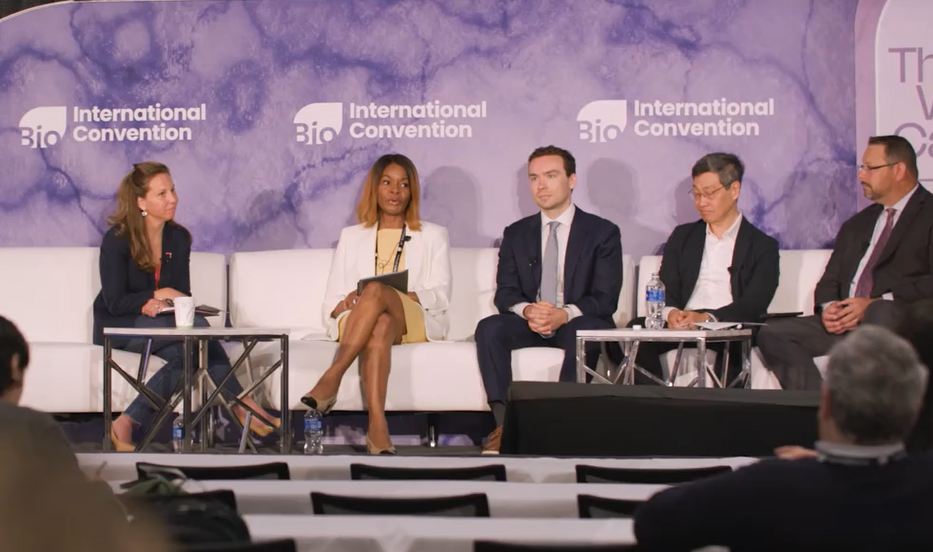The planet is drowning in plastics, and the negative impact of plastic pollution is overwhelming.
A new report by the Organization for Economic Cooperation and Development (OECD) Global Plastics Outlook shows that plastic pollution has doubled in 2020, compared to 2019, adding that only 9% of plastic waste is actually recycled. OECD noted that at least 19% of plastics are incinerated while a staggering 50% of plastic waste ends up in landfills.

The report shows OECD countries are responsible for generating nearly 50% of all plastic waste. The annual per capita plastic waste generated ranges from 221 kg in the United States and 114 kg in European OECD countries to an average of 69 kg in Japan and Korea. While most plastic pollution is caused by improper collection and disposal of larger plastic debris known as macroplastics, the leakage of microplastics (which are synthetic polymers smaller than 5 mm in diameter) from sources such as industrial plastic pellets, synthetic textiles, road markings, and tire wear is also a significant concern.
Can biotech solve plastic pollution?
“Reducing pollution from plastics will require action, and international co-operation, to reduce plastic production, including through innovation, better product design and developing environmentally friendly alternatives, as well as efforts to improve waste management and increase recycling,” the report says.
The bioplastics industry has been working with full steam, too. As Bio.News reported last year, bioplastics now make up less than 1% of the global plastic industry, which is valued at over $600 billion. However, there has been a significant increase in investment in the bioplastics sector, with $500 million invested in Q1 of 2022 compared to $350 million in Q4 of 2021.
According to Zion Market Research, the worldwide bioplastics market was valued at $10.51 billion in 2021 and will reach $29 billion by 2028.
Among the top innovators are some current and former Biotechnology Innovation Organization (BIO) members:
- Danimer Scientific’s PHA looks and feels like plastic but is made with natural fermentation and biodegrades in soil and marine environments—and it’s already being deployed for candy wrappers.
- Geno (formerly Genomatica) produced a plant-based version of the chemical raw material HMDA (hexamethylenediamine). This material is currently produced from fossil fuels to make materials ranging from nylon to coatings to adhesives.
- Virent makes biodegradable or compostable “drop-in” plastics made from recycled carbon or crop waste.
- LanzaTech is capturing carbon from industrial emissions and fermenting it to make a sustainable raw material utilized by athletic apparel retailer lululemon.
Looking for a different approach? A recent episode of the I am BIO podcast explores biotech solutions to the microplastic problem—from microorganisms to art.




